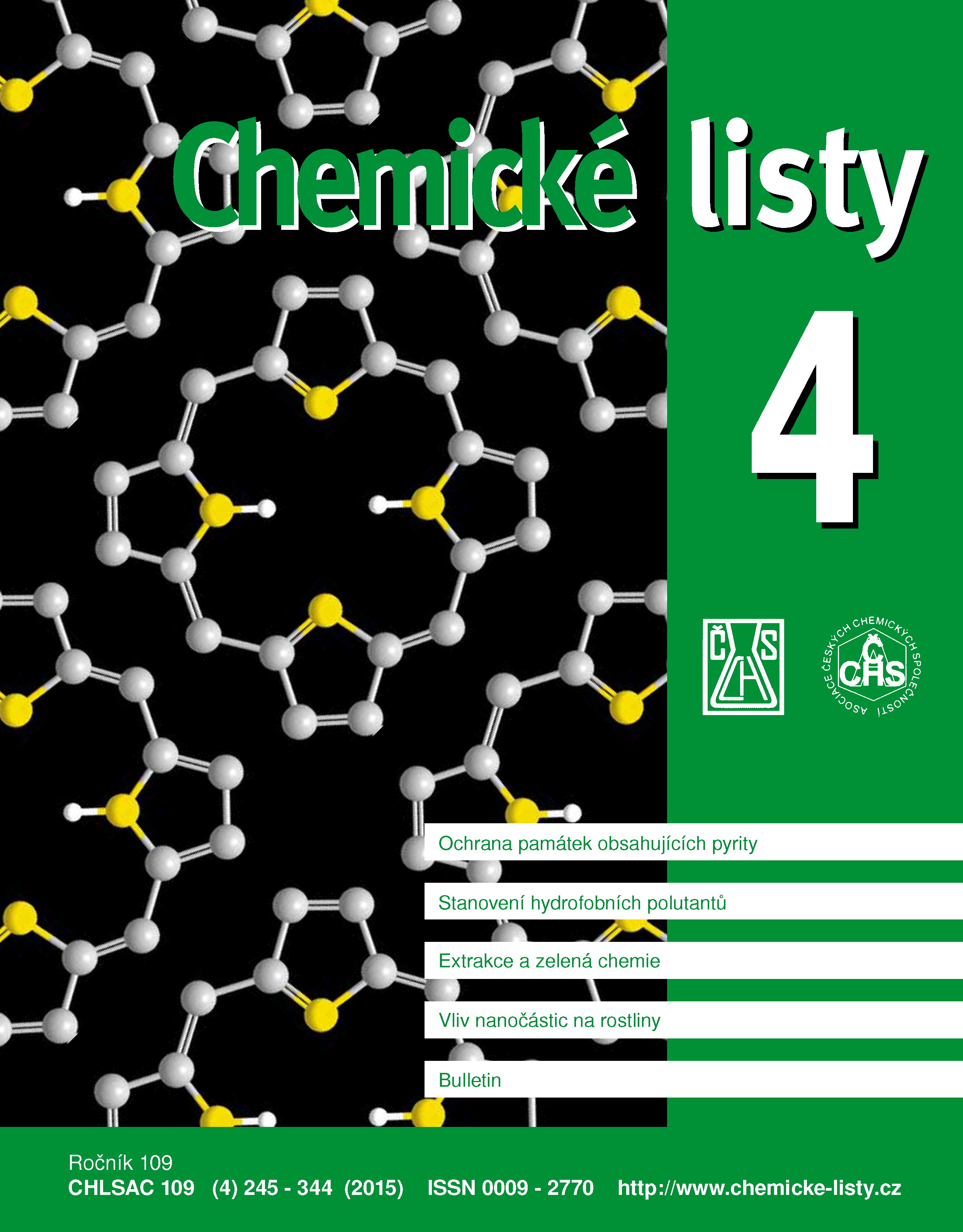Metody stanovení biopřístupné a biodostupné frakce hydrofobních organických polutantů
Klíčová slova:
bioremediace, bioakumulace, environmentální riziko, desorpční kinetika, perzistentní organické polutanty, nadkritická fluidní extrakceAbstrakt
Sorption of hydrophobic pollutants on organics in soil causes a substantial decrease in pollutant availability for transport and transformation processes. The pollutants gradually become unavailable for organisms, which can result in a reduction of ecotoxicity but also in a decrease in biodegradation efficiency. This review describes various biological and chemical methods that can be used for determination of bioaccessible or bioavailable compounds. The biological methods make it possible to study bioaccumulation or to measure toxicity of the pollutants. The chemical methods are based on incomplete extraction of the pollutants from the contaminated soil. The bioaccessible portion can be estimated at the equilibrium stage. Other and probably more appropriate approaches are represented by sequential dynamic methods modelling two-site desorption kinetic curves of pollutants which can be used for relatively precise and reliable assessment of the bioaccessibility (bioavailability) parameter.





